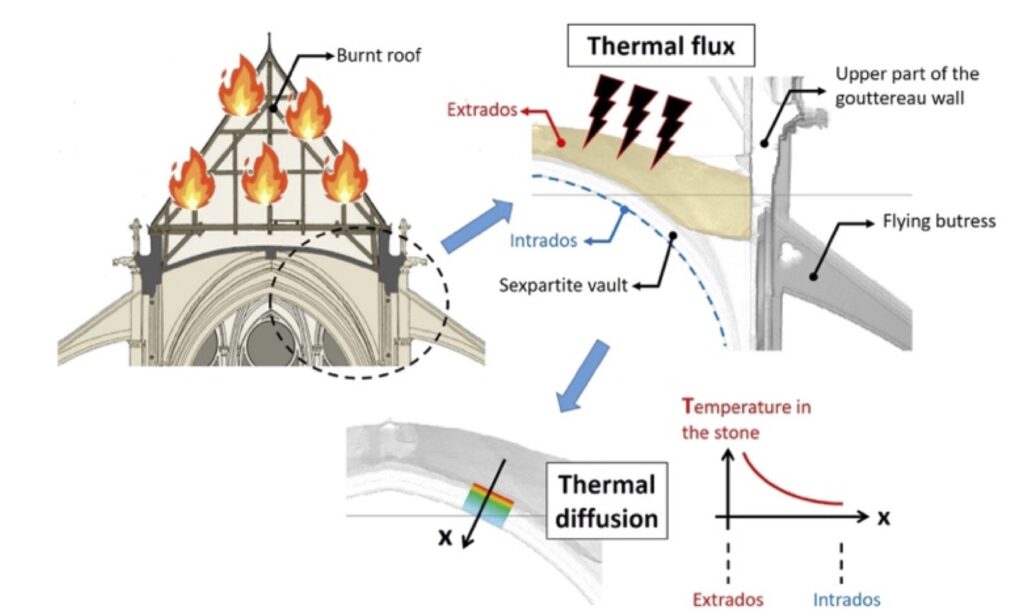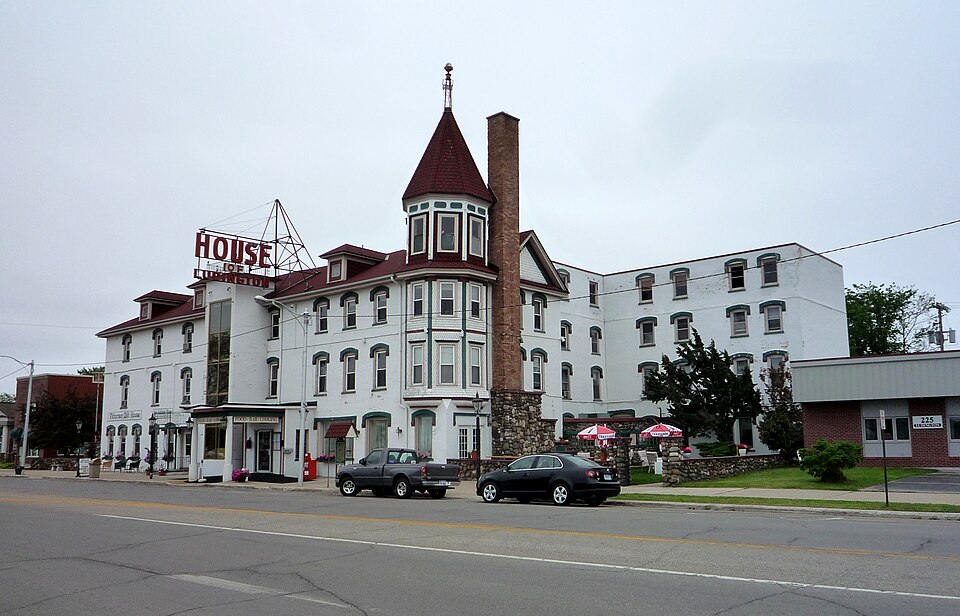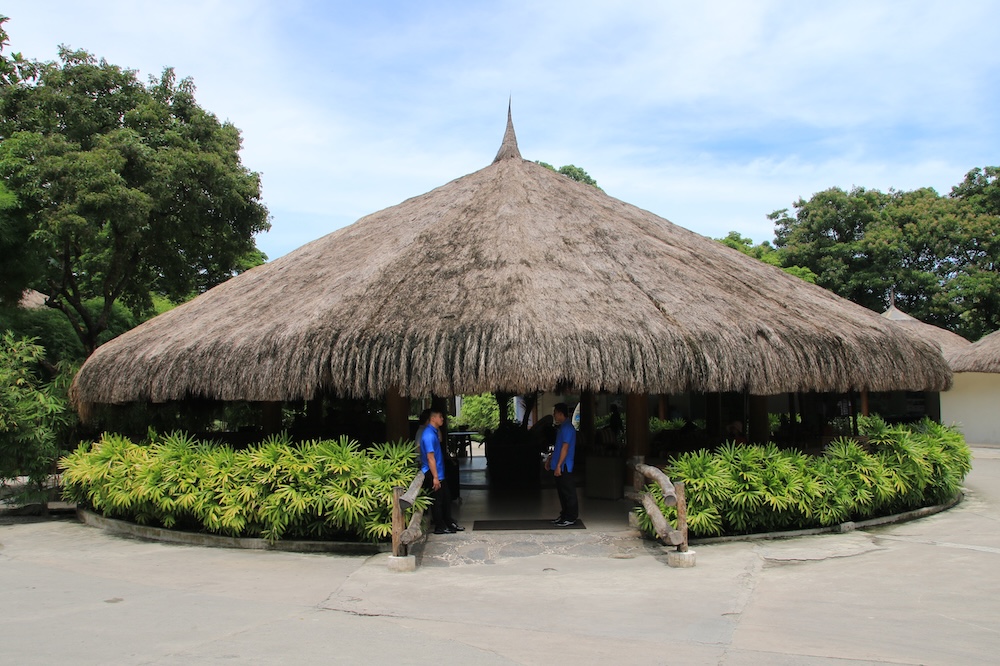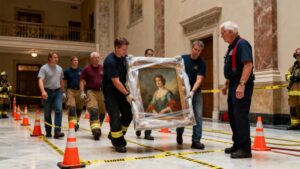Why Historic Buildings require dedicated Fire Studies
The application of fire dynamics principles to historic buildings is significantly influenced by their distinctive characteristics.
In a 2024 post titled “Why the Notre Dame Fire Improved Historic Buildings Safety”, this website examines the significance of the fire dynamics studies conducted following the Notre Dame fire. These studies were primarily influenced by the paper authored by Guibaud, Mindeguia, Albuerne, Parent, and Torero, published in the Journal of Cultural Heritage in 2023. The paper, entitled “Notre-Dame de Paris as a validation case to improve fire safety modelling in historic buildings,” provided valuable insights into the fire’s impact and its potential to enhance fire safety modelling in historic structures.
Furthermore, the same paper presents the potential to highlight another aspect that is often overlooked: while fundamental fire dynamics principles (such as combustion and heat transfer) are universally applicable, the practical application of these principles to historic buildings is significantly influenced by their unique characteristics. The paper emphasises the compelling reasons why such specialised research is essential for these structures.
- Unconventional Configurations: Historic buildings often feature unique architectures (complex timber roofs, masonry vaults, intricate layouts) that are very different from modern buildings. For instance, the medieval roof structure of Notre-Dame presented specific challenges for modeling fire spread and heat transfer.
- Material Properties: The materials used (e.g., centuries-old timber, particular masonry like Lutetian limestone in Notre-Dame) age and degrade over time, meaning their behavior in fire is no longer the same as modern equivalents. Their combustion, strength loss at elevated temperature, and even fire-induced cracking or collapse can be very different from that of new construction.
- Lack of Data and Validation: Modern fire models are mostly validated for standard, contemporary buildings with well-understood materials and simple geometries. Historic buildings offer little precedent and almost no test results for calibration, making it hard to rely on existing tools without a real, data-rich fire case to validate against.
- Incomplete Understanding of Fire-Structure Interaction: The way heat propagates within complex historic structures, especially with coupled timber and stone, is still not fully understood. Notre-Dame, due to extensive documentation and the tragic amount of real-world data produced, became a unique ‘laboratory’ to test fire models in a context very different from any modern structure, revealing limitations and areas needing further research.
While fire dynamics theory is the same everywhere, the specific configuration, ageing of materials, lack of modern protections, unique architectural features, and absence of validated models for heritage buildings mean that standard fire modeling tools may yield inaccurate and unreliable results for these cases. The Notre-Dame fire, with its rich dataset and unusual structure, provides essential information to bridge this gap and improve both scientific understanding and practical fire risk assessment in historic buildings.
Thus, a detailed research is essential for reliable fire safety modeling in historic contexts, since generalized models are insufficient when confronted with the complexity and uniqueness of heritage structures.

Aims and methodology
The article aims to use the 2019 Notre-Dame de Paris fire as a real-world benchmark to validate and improve numerical fire safety models for historic buildings. Recognizing the unique architectural and material challenges of heritage structures, the authors address the limitations of conventional fire risk assessment tools that are primarily calibrated for modern buildings.
The methodology adopted undertakes an integrated approach combining experimental analysis and numerical simulation:
- Thermal Damage Analysis: Researchers assess the thermal degradation of Lutetian limestone (Paris stone) within the cathedral’s choir vaults, a key structural element affected by the fire.
- Experimental Techniques: Techniques are developed for tracking in-depth, maximum temperatures reached by the vaults during the blaze, essential for post-fire assessment.
- Numerical Simulations:
Utilizing the Fire Dynamics Simulator (FDS) and extensive pre-fire surveys, the team replicates the observed fire dynamics in the medieval timber roof. Key variables modeled include materials, geometry, meshing, and scale, based on laser measurements and documented surveys. - Model Validation:
Predictions from computational fluid dynamics (CFD) models are compared to in-situ temperature measurements, highlighting the relevance, limitations, and possible improvements of such tools for complex historic configurations.
Among the main findings and insights, the research demonstrates that the Notre-Dame incident provides an unprecedented opportunity for validating and refining fire models in heritage contexts, with rich data sets, video footage, and structural information available. Moreover, the article points out that CFD-based fire simulations can reproduce fire development and heat flux estimation, but their reliability is challenged by gaps in the understanding of fire/combustion mechanisms and the complexities of historic materials and geometries. Finally, the methodology established is applicable to other important heritage masonry structures, provided that detailed material evaluation and geometry are incorporated into the model.
Consequently, the paper leverages a tragic but data-rich event to rigorously test fire models for heritage settings, going beyond hypothetical scenarios. The combination of field measurements, material analysis, and advanced simulations offers a comprehensive framework for fire assessment in historic buildings.
The practical value of the study can be identified in the replicability of the workflow, setting a new benchmark for post-fire analysis, guiding engineers, architects, and conservators in risk assessment and structural analysis.
Specific limitations are highlighted by the authors:
- Generalizability Limits: The authors caution that conclusions are specific to the Notre-Dame configuration and require careful adaptation for other contexts. Full generalizability is hindered by the uniqueness of fire scenarios and building details.
- Simulation Challenges: CFD modeling demands extensive, precise data and a suite of assumptions—errors in materials properties, geometry, or boundary conditions can dramatically alter results.
- Open Questions: Academic debates persist around key mechanisms like heat transfer in historic masonry, combustion dynamics in ancient timber, and scale effects.
The article is a landmark study, offering both a blueprint and diagnosis of the current strengths and gaps in fire safety simulation for historic buildings. While Notre-Dame’s tragedy enabled unprecedented insight, the research underscores the ongoing need for cross-disciplinary work and data-driven model improvements to safeguard world heritage.




